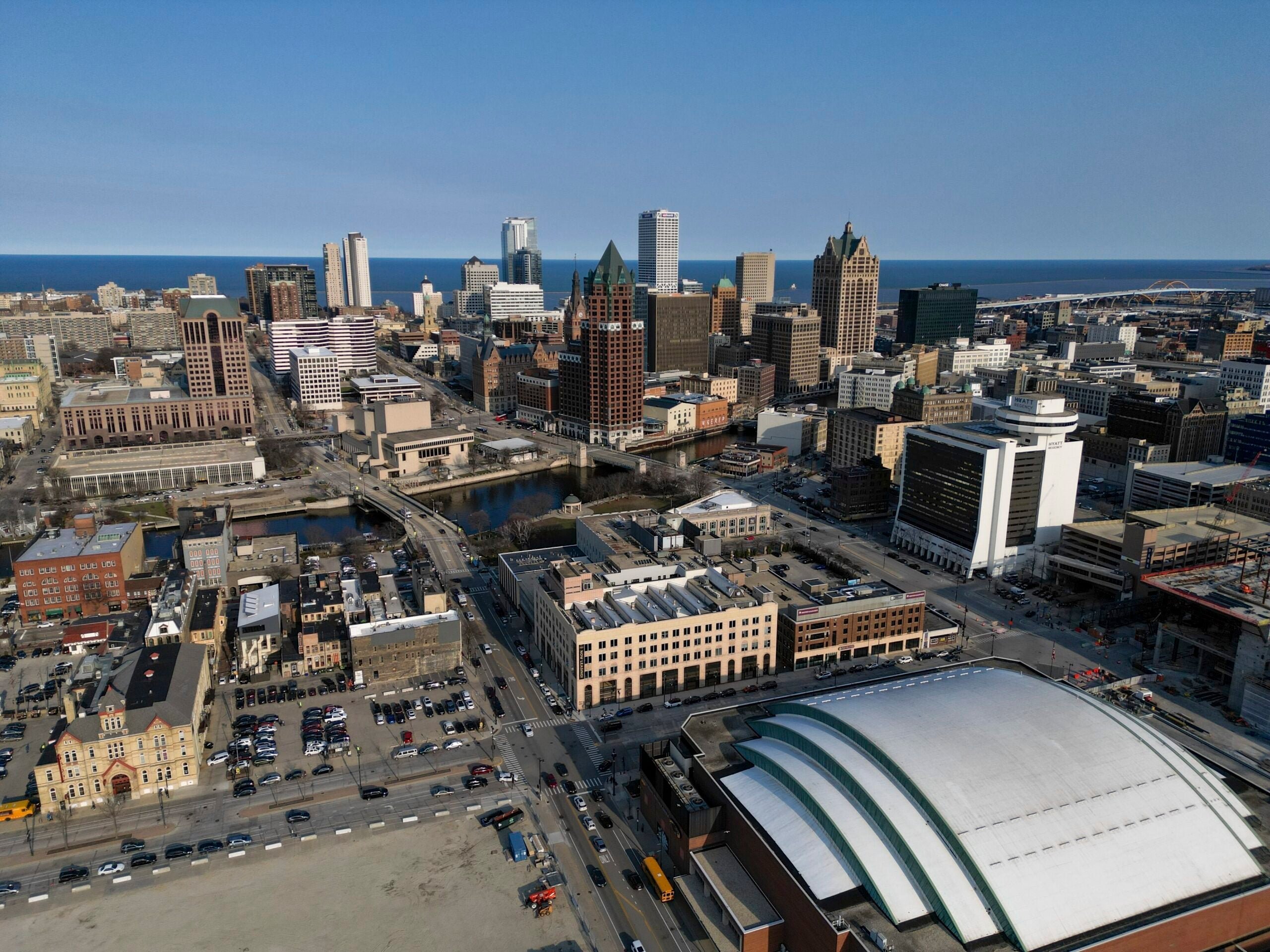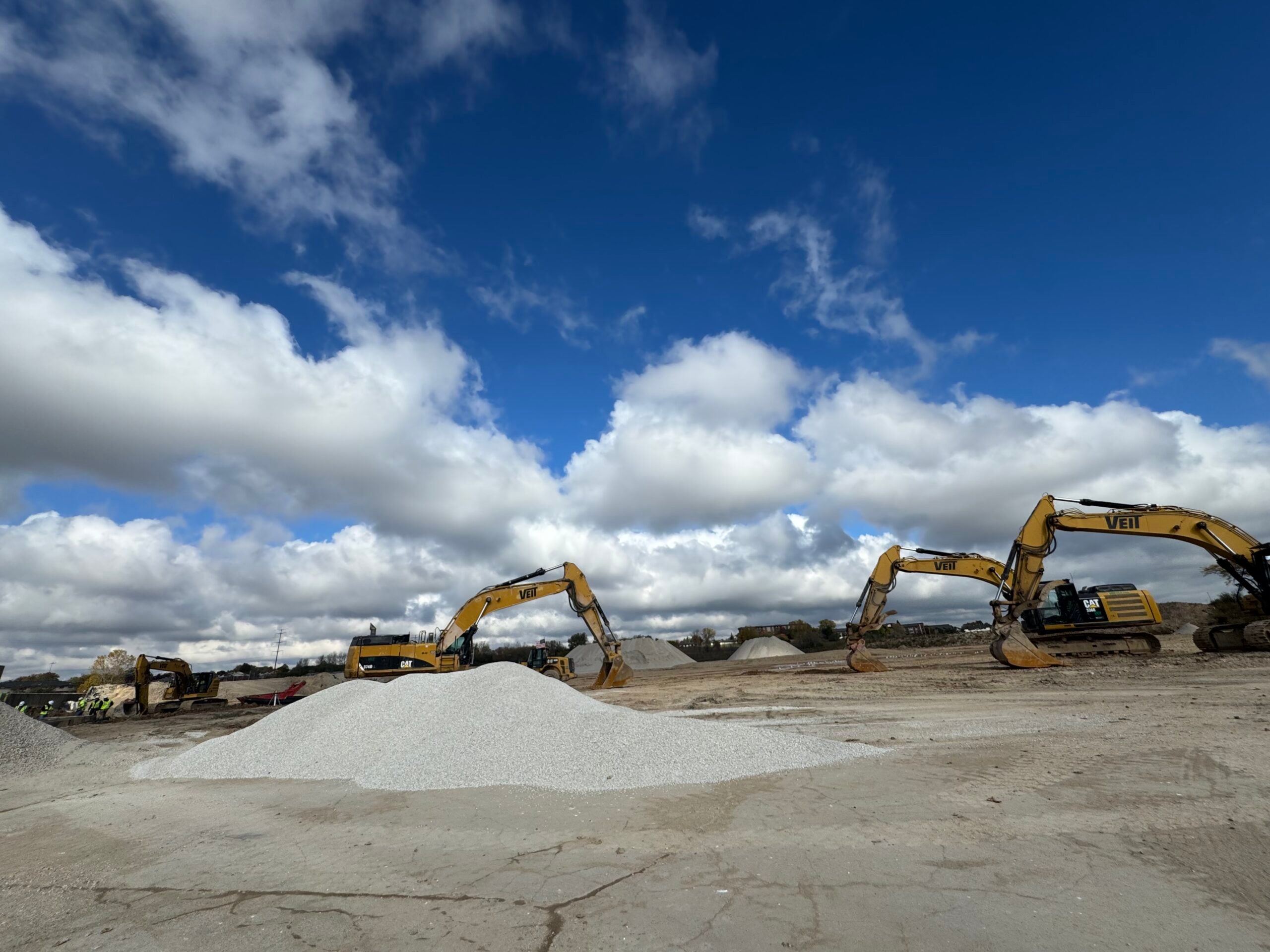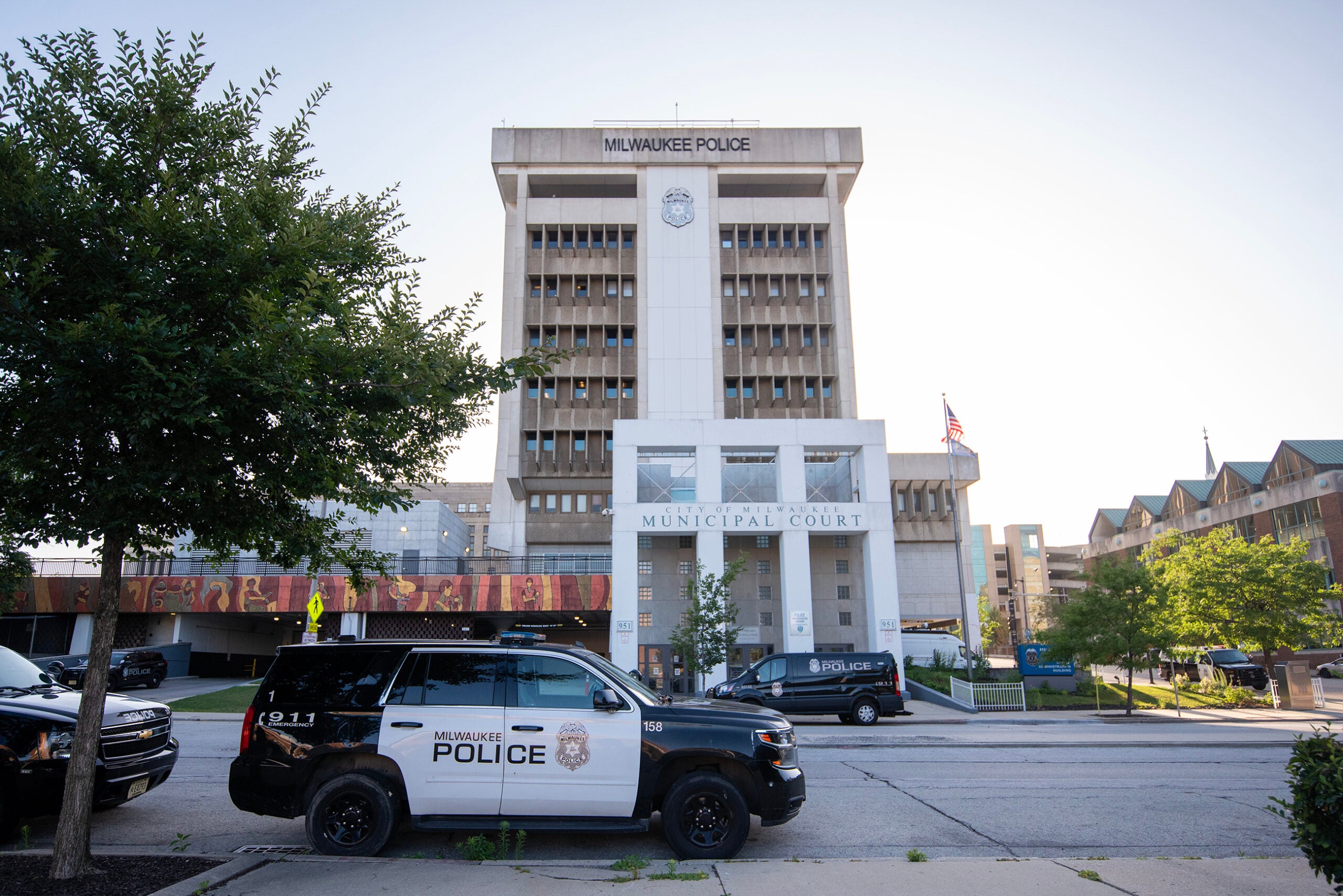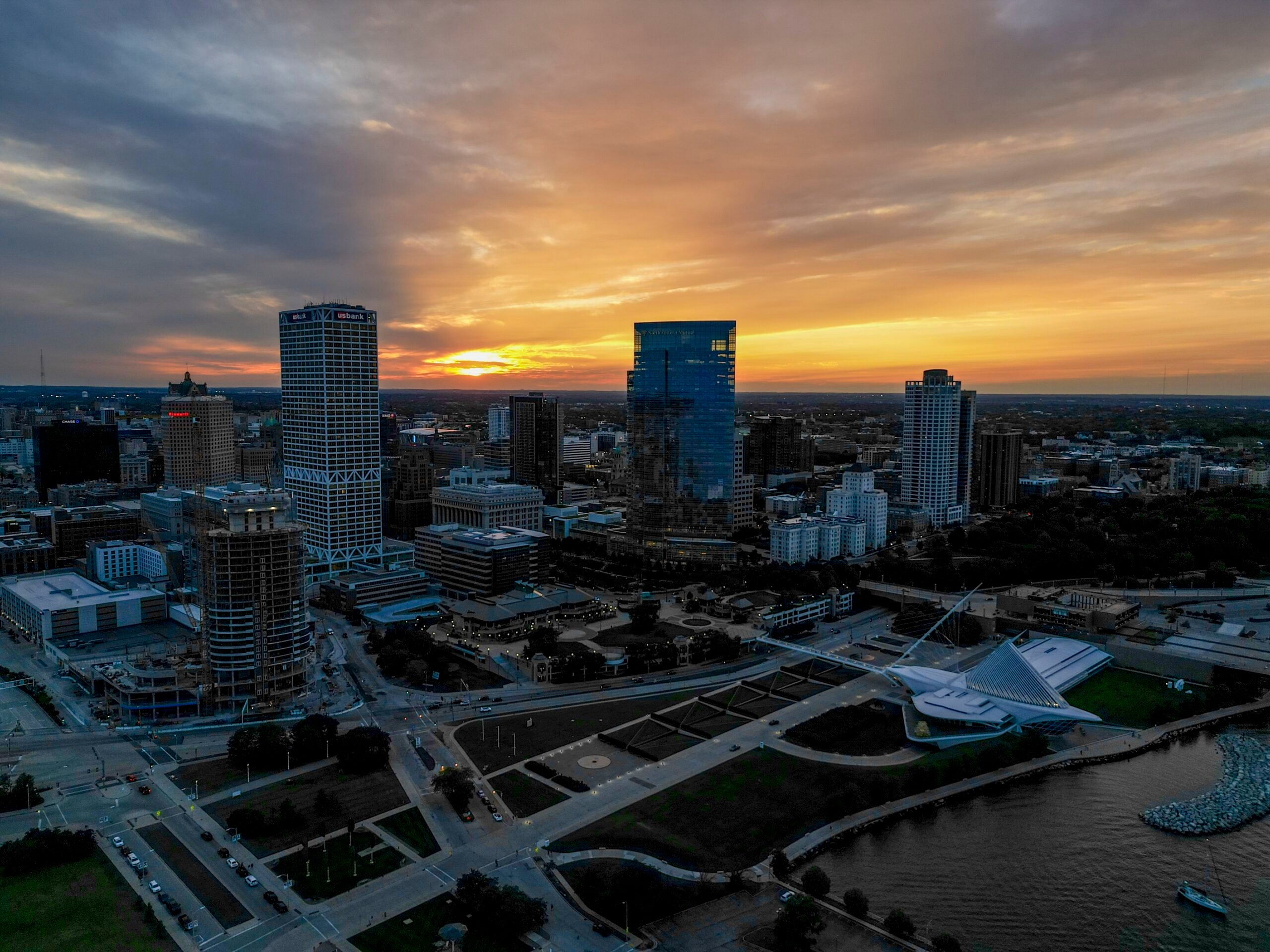Despite elevated office vacancy rates, downtown Milwaukee’s recovery since the beginning of the COVID-19 pandemic ranks among the best in the Midwest, according to a recent study from the University of Toronto.
The study counted the number of unique cell phones in downtown areas across the United States and Canada during a three month period in 2019, and compared that data to the same period in 2023.
This year, cell activity in downtown Milwaukee was 78 percent of what it was in 2019, outpacing downtowns in Chicago, Detroit and Minneapolis, the report said. Milwaukee ranked 16th out of 63 major cities across the U.S. and Canada.
News with a little more humanity
WPR’s “Wisconsin Today” newsletter keeps you connected to the state you love without feeling overwhelmed. No paywall. No agenda. No corporate filter.
In the Midwest, only Columbus, Ohio and Omaha, Nebraska had higher rates of mobile phone activity than Milwaukee at 89 percent and 82 percent, respectively.
Matt Dorner is the economic development director for Milwaukee Downtown Business Improvement District 21. He attributed Milwaukee’s strong activity recovery to a variety of factors.
“You have strong business leaders really calling for folks to return to the office at least in some hybrid type of fashion, minimally,” he said. “I think at the same time downtown Milwaukee really does have a strong and pretty densely established residential base, and that’s only growing.”
On top of office and residential activity, Dorner said the city’s wide array of events, festivals and conferences have also helped boost foot traffic downtown.
“The nighttime economies, food and beverage industry, are pretty optimistic as well,” he said. “We’re seeing new openings, and we’re seeing really good activity again.”
At the same time, consumer spending in downtown Milwaukee grew 12 percent in the first part of 2023 compared to last year, fueled by leisure, hotel and retail purchases, according to the Milwaukee Business Journal. In fact, consumer spending downtown was growing faster than the national average and more than it was pre-pandemic.
“People are coming downtown to spend money,” Dorner said.
While activity in downtown Milwaukee may be rebounding from the pandemic, some areas are experiencing higher office space vacancy rates than pre-pandemic.
Reports from the Commercial Association of Realtors Wisconsin show that office vacancy rates in the eastern part of downtown roughly doubled from the fourth quarter of 2019 to the second quarter of 2023. The vacancy rate rose from 7.3 percent to 14.7 percent.
Meanwhile, the western part of downtown’s office vacancy rates remained relatively flat at 22.3 percent in 2019 to 22.2 percent this year. In the Third Ward-Walkers Point area, office vacancy rates rose from 13.6 percent to 20.2 percent.
Tracy Johnson, president of the Commercial Association of Realtors Wisconsin, said many office landlords worked with tenants to maintain leases in the early days of the pandemic, granting one- to two-year extensions. But now many of those leases are coming due.
“The reality is really setting in, and you are seeing an uptick in vacancy,” she said. “But I think that’s just a realization of a lot of companies saying, ‘What’s the best business decision for my company?’”
For some companies, that means moving to a smaller office to allow more flexibility for hybrid and remote work. For others, that means requiring workers to be physically in the office each week.
At the same time, Johnson said office vacancy rates could come down, as some former commercial properties are in the process of being converted to residential. For example, one of downtown Milwaukee’s biggest office towers will be converted into roughly 350 apartments by 2026.
“Milwaukee’s commercial real estate office market has been relatively stable throughout time,” Johnson added. “We don’t experience huge upswings, and we don’t experience the huge downward falls. We’re a stable market.”
Although downtown Milwaukee’s recovery has been relatively strong when compared to its peers in other states, employer sentiment in the greater Milwaukee area was lukewarm in the Metropolitan Milwaukee Association of Commerce’s most recent business outlook survey.
Metro Milwaukee businesses expressed apprehension about economic growth in the survey with lower sales and employment expectations.
“Nationally, the economic headwinds of price inflation and higher interest rates have restrained potential future economic growth,” said Bret Mayborne, MMAC’s economic research director. “This has led locally to an economic trend that has been riding the fence, between continued growth on the one hand versus stagnation on the other.”
Even so, Dorner said downtown stakeholders remain optimistic about the future, especially with companies like Milwaukee Tool and Fiserv investing heavily in new downtown facilities.
“Downtown Milwaukee in particular is very well positioned to continue to win on the business recruitment side, continue to attract more and more residents and continue to bolster our visitor numbers,” he said. “The cranes in the sky now and the projects being talked about continue to help us fortify that thought process.”
Wisconsin Public Radio, © Copyright 2026, Board of Regents of the University of Wisconsin System and Wisconsin Educational Communications Board.





